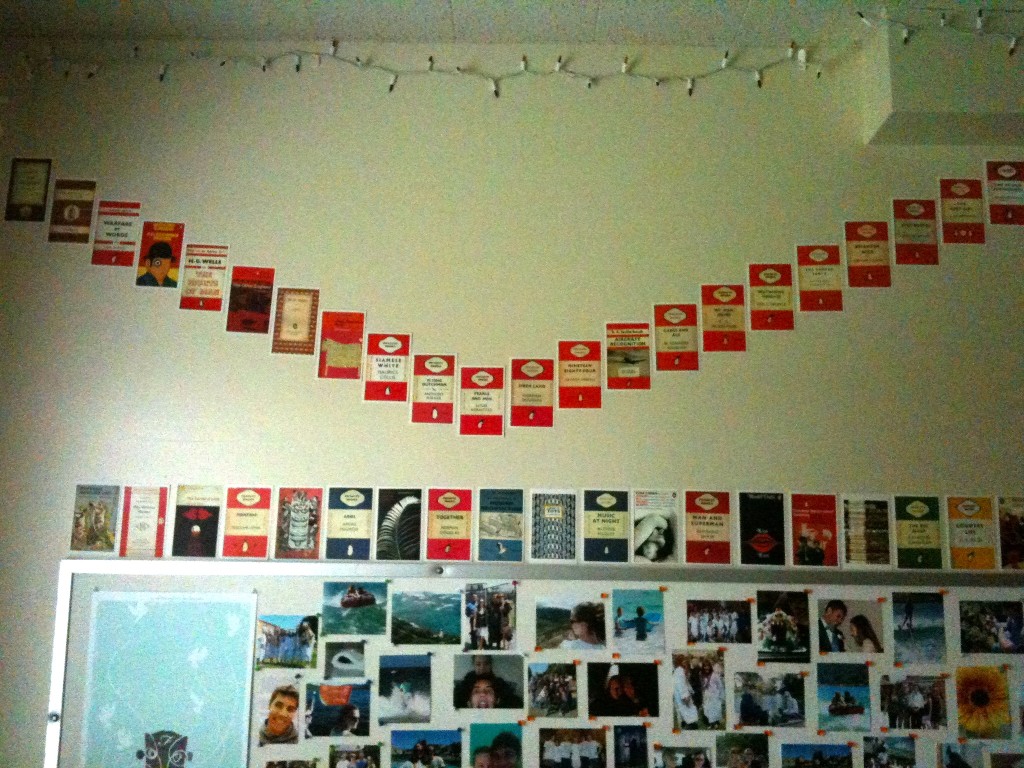Plastic bag wars: end of ChicoBag lawsuit
Three of the largest plastic bag companies filed a lawsuit against ChicoBag, a California based company that makes reusable bags, in June under the claim that ChicoBag was causing the companies “irreparable harm.” The companies claimed that ChicoBag was lying on their webpage about the amount of plastic bags recycled and the negative impacts of single use plastic bags (including ocean pollution).
The most shocking part of the lawsuit was that ChicoBag’s information was from “widely accepted third party statistics regarding the impact of single-use plastic bags” (according to their press release) — including information from the EPA. It was not so much about the company itself, but rather the growing awareness and distaste for single use plastic bag waste.
In a true David versus Goliath battle, two of the companies eventually pulled out of the lawsuit and the remaining company, Hilex Poly, agreed to settle. Part of what really made the lawsuit turn toward ChicoBag’s side was the signatures that environmental agencies collected on their behalf including Care2, Surfrider Foundation, Heal the Bay, Earth Resources Foundation, Environmental Working Group, and Green Cities California. Without support from average citizens the lawsuit may not have turned out the way it did.
The end results were that:
– ChicoBag updated their facts page
– Both parties will post citations and dates for all of the facts and statistics they post on their labels, websites, or advertising
– Hilex Poly will put “Tie Bag in Knot Before Disposal” on all of the bags they manufacture
– Hilex will discuss ways to prevent windblown plastic bag litter on their website
I know that none of the results were earth-shattering, but the lawsuit in itself proved to be thought provoking and informative in itself. It is a good reminder that we need to stand behind the small companies who have the courage and the knowledge to try to make a difference for the better, and it proves that when citizens band together and take a stand (even with online signatures) they can make a difference.
For more information check out:
The New York Times
ChicoBag
Care2


















